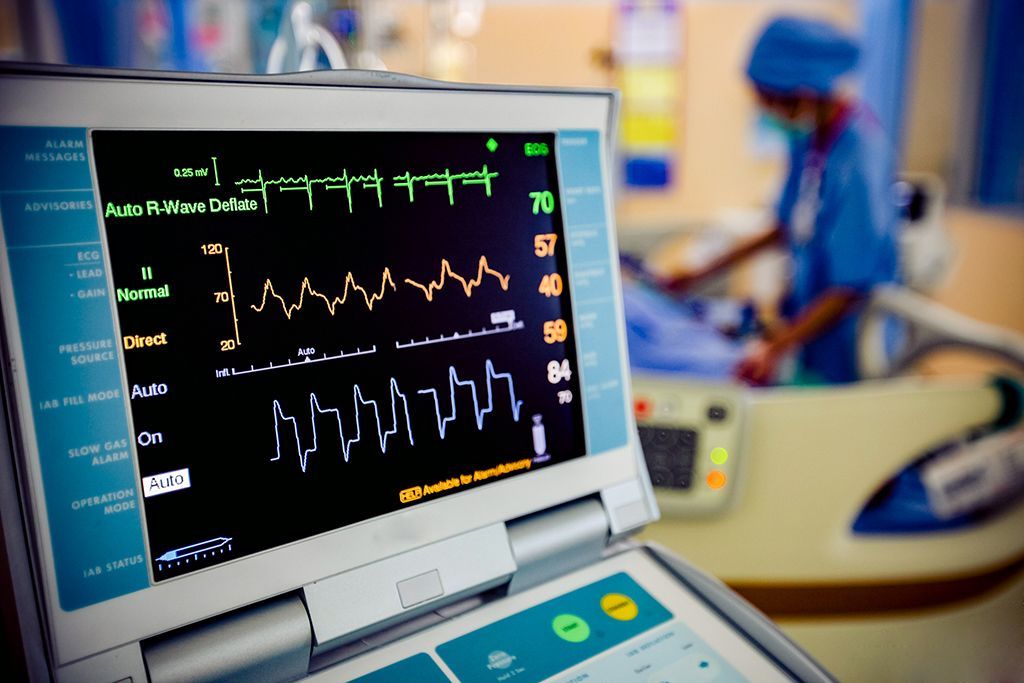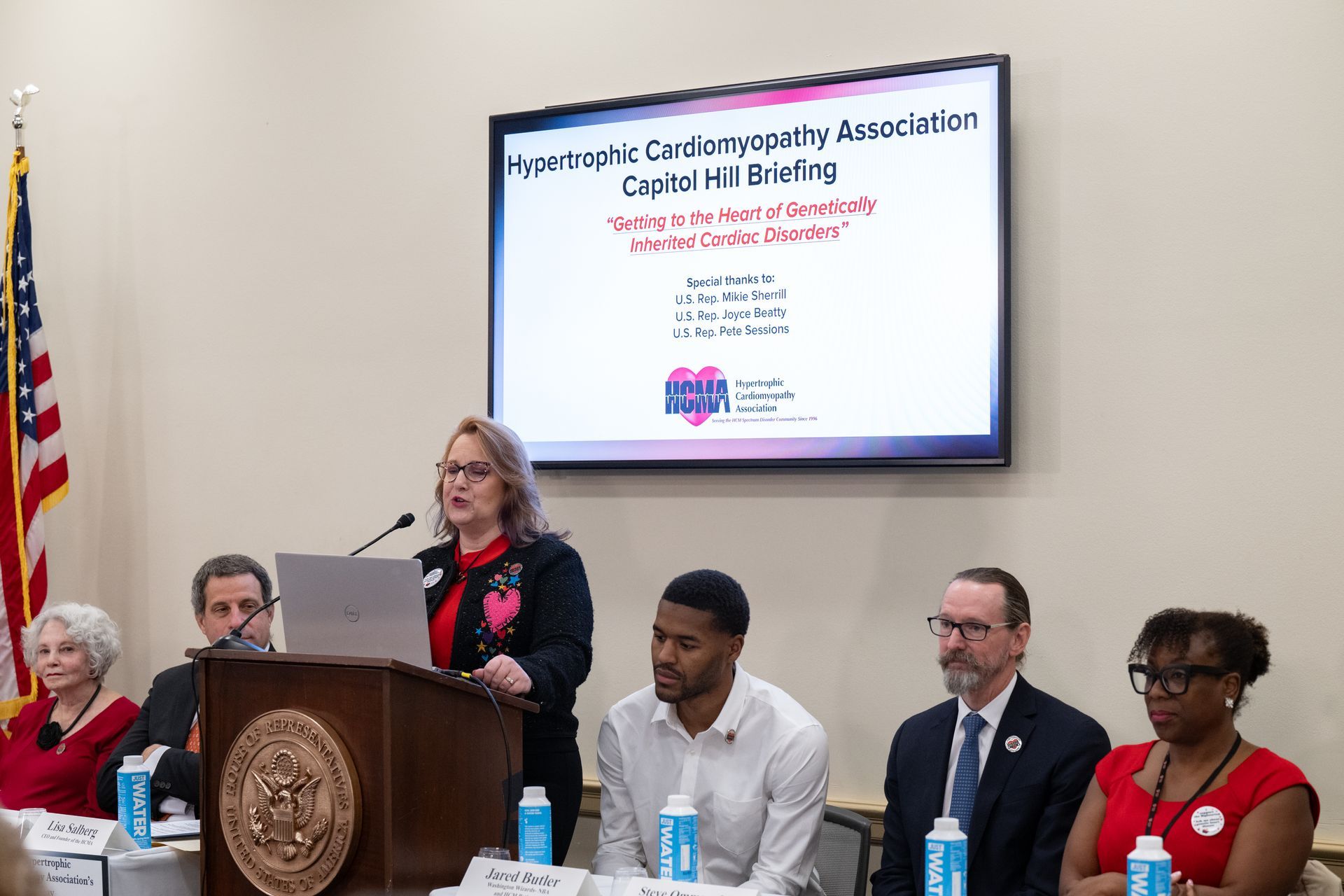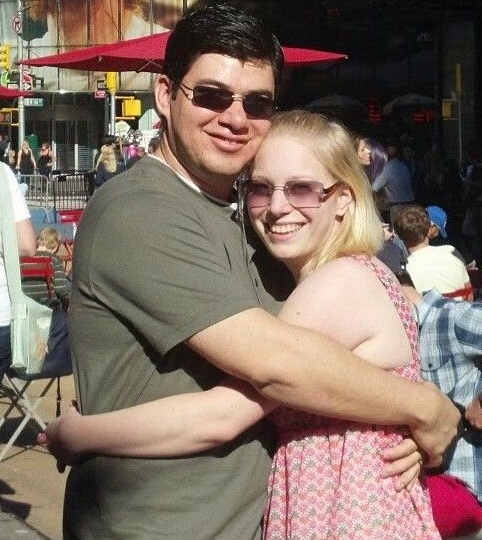
Did you resolve to get more active this year?
There is a lot of confusion about exercise for HCM patients. Some doctors advise “don’t do anything physical,” while others say, “do whatever you want.” But we can likely agree on one thing – they are both wrong, and the best advice is somewhere in the middle.
Exercise is important!
Specialists agree that exercise is healthy for people with HCM. Depending on symptoms, most people with HCM can safely do light exercise like walking. But the HCM experts usually advise people with symptomatic HCM not to do heavy exercise. For example, it’s best not to do intense activity or contact sports like football. But those with HCM who have no symptoms may be able to exercise without restrictions.
How do you decide what to do?
While exercising (and afterward), listen to your body and slow down or stop if you find your symptoms are increasing. And make sure you stay well hydrated.
You should also work with your HCM specialist to find the best level of activity for you.
A guide to exercise for HCM patients
One useful approach to fitness was created by an HCM specialist and team at the well-regarded Peter Munk Cardiac Centre in Toronto. This program has three fitness levels. Their website shows you how to maintain heart health through videos, medical information, and a proven exercise program. http://hcmfitness.ca/
The post Fitness in HCM appeared first on Hypertrophic Cardiomyopathy Association.
HCMA Blog


 Translate
Translate
